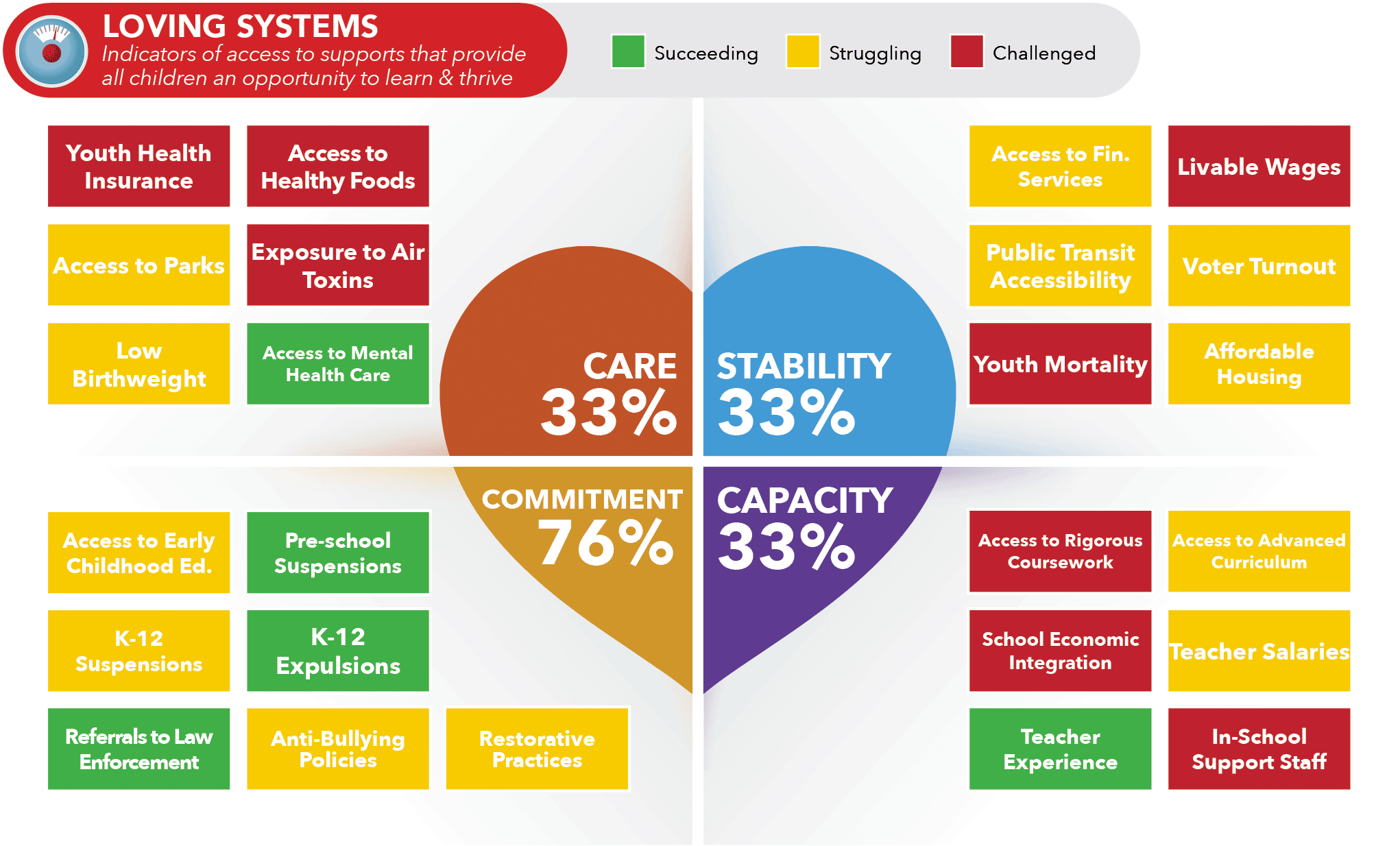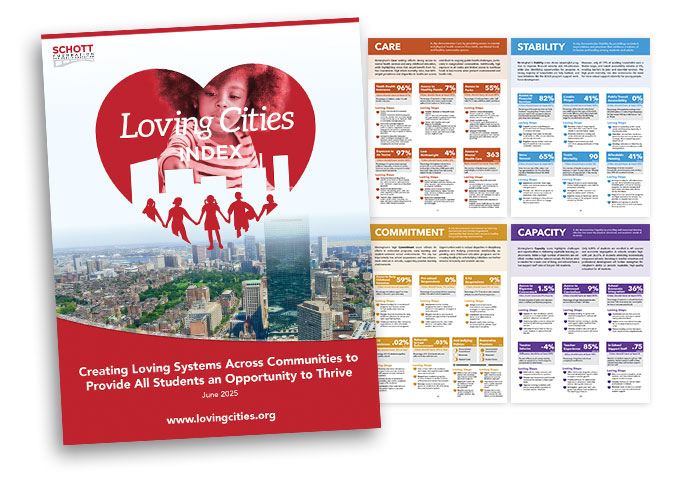Houston is a city of remarkable scale, resilience, and diversity. As the fourth-largest city in the United States, Houston is home to more than 2.3 million residents representing over 145 languages and a vibrant tapestry of cultures. Its roots trace back to its founding in 1836 and rapid growth as a hub for shipping and oil.


of supports measured
Today, Houston is an economic powerhouse anchored by global energy, healthcare, aerospace, and logistics industries—yet it remains shaped by a complex legacy of segregation, income inequality, and environmental injustice.
The city’s expansive geography and rapid population growth have posed long-standing challenges around equitable development, access to transportation, and housing affordability. Historical patterns of disinvestment have created stark divides in opportunity and outcomes, particularly for low-income communities and communities of color. But Houston is also a city of transformation—where people and institutions are working collaboratively to address these inequities head-on.
Across government, education, health, and community sectors, Houston is advancing targeted investments to foster a more inclusive and equitable future.
Expand to read more
Houston’s progress toward becoming a more inclusive and opportunity-rich city is reflected in several key outcome metrics, as well as targeted local efforts to improve education, workforce access, and child well-being.
Approximately 41% of adults in Houston hold an associate degree or higher, trailing the national average. To close this gap, the Houston Guided Pathways to Success (GPS) initiative, led by Houston GPS and the University of Houston System, aligns coursework across multiple institutions to streamline degree completion and reduce credit loss for transfer students.
Additionally, Houston Community College (HCC) has expanded its workforce-aligned programs, offering associate degrees and certificates in high-demand fields such as healthcare and information technology.
Houston’s high school graduation rate stands at 81%, slightly below the national average. In response, HISD’s Achieve 180 program targets historically underserved campuses with additional supports, such as wraparound services, leadership coaching, and extended learning time, to raise graduation and college readiness rates.
While the city performs relatively well in youth engagement—with only 8.8% of youth aged 16–19 not in school or work—economic inequities persist. 23.2% of children live below the poverty line, substantially higher than the national average. To address this, the Complete Communities initiative led by the City of Houston partners with local nonprofits to provide place-based investments in early childhood education, workforce training, and housing supports in under-resourced neighborhoods.
The unemployment rate in Houston is 4.3%, comparable to the national average. Programs like UpSkill Houston work to connect residents with middle-skill jobs through employer-led training pathways in sectors like advanced manufacturing, energy, and healthcare.
Challenges remain in public education equity. Public school district poverty stands at 80%, far above the national average, and 35% of students are English learners. The Houston Independent School District’s Multilingual Programs Department supports over 60,000 emergent bilingual students with dual-language instruction, newcomer academies, and ESL-certified teachers to improve outcomes.
Finally, infant mortality in Harris County is 5.7 per 1,000 live births, aligning closely with the national average. The Healthy Start Initiative, administered by the Houston Health Department, provides maternal and child health education, home visiting programs, and access to prenatal care for high-risk families in targeted zip codes.
These ongoing efforts demonstrate Houston’s focus on advancing educational attainment, economic stability, and child well-being, while confronting deep-rooted disparities that require sustained, equitable investment.
Houston Indicators

The Community Climate comprises indicators of a city’s current conditions in important areas such as education, economic stability, and public health. While these indicators do not uncover underlying supports or influences in a city, the outcomes provide a picture of a community’s well-being, economic mobility, and equitable opportunities.



